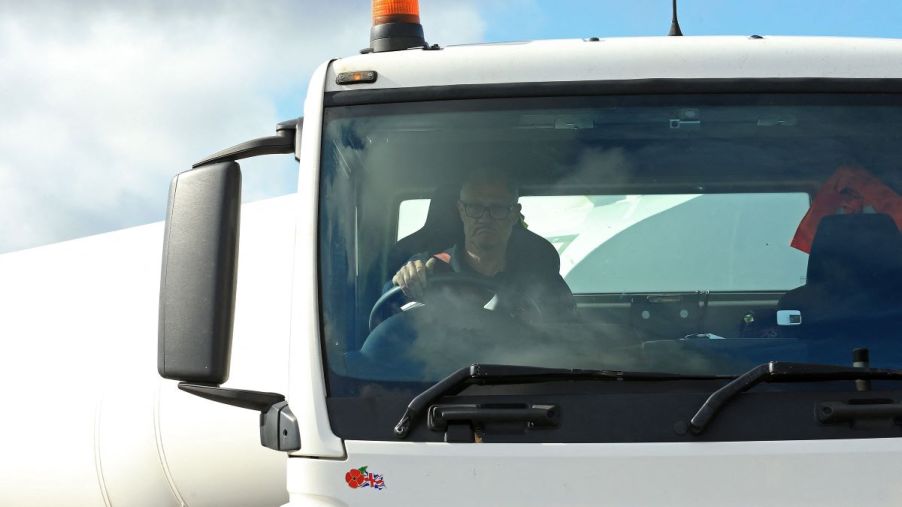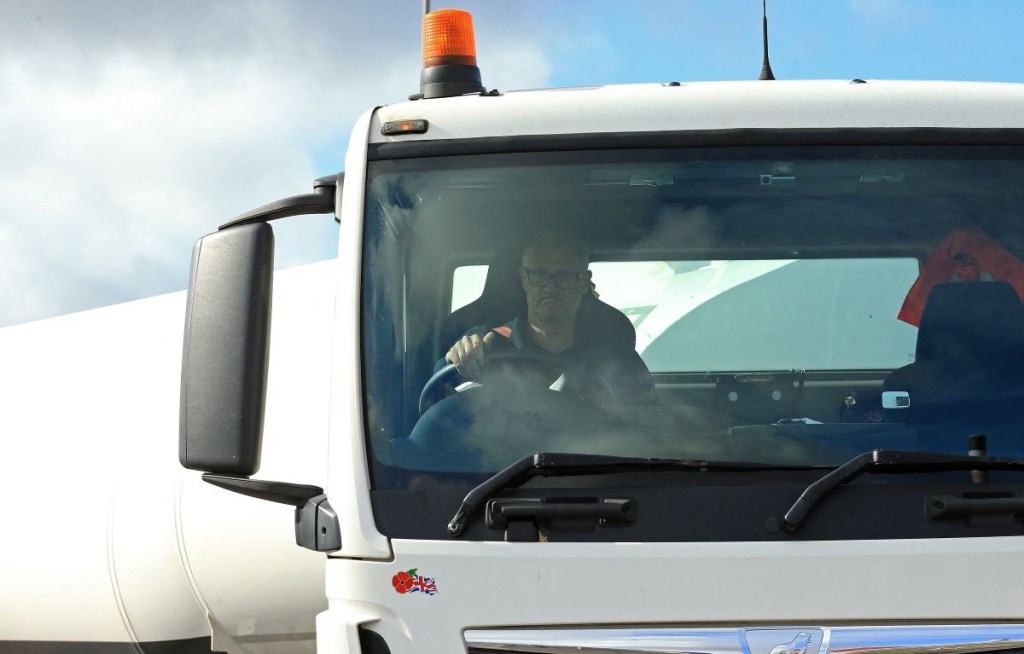
The American Trucking Associations Recorded a Record Deficit of 80,000 Truck Drivers in 2021
Regardless of where your politics lie, it’s hard not to notice the bare shelves or lengthy waits in restocking at your local grocery stores. It’s not necessarily exclusively a supply chain infrastructure issue. Part of the problem is the truck driver shortage, as fewer people are signing up to be truckers these days.
During the pandemic, truck drivers were categorized as “essential workers,” and thousands of loyal big-rig operators and truck drivers took the highways to ensure consumers had the supplies and food they needed. But in reviewing the data for 2021, a few key concerns are coming to light. The American Trucking Association recorded a record deficit of 80,000 truck drivers last year. And bare store shelves aren’t the only consequence.

The latest data suggests fewer truck drivers in 2021
The New York Times reported on this latest data roundup conducted by the American Trucking Association (ATA). Supply chain issues are experiencing delays, in part because of this truck driver shortage.
The ATA shared other key data points, including more driver shortages in long-haul driving in the for-hire truckload market segments. But there are evident struggles to recruit truckers in all industry sectors. More precisely, there was an 80,000-driver deficit in 2021.
Forbes shares other relevant data to demonstrate what kind of impact an 80,000-truck driver shortage will have. Roughly 71% of the nation’s products get from point A to point B via truck drivers. The industry has lost more than 6% of its overall workers since the pandemic kicked off in 2020.
Recruiting continues to be challenging and trending in the wrong direction. In fact, if this trajectory continues, the ATA is predicting a shortage of 160,000 truck drivers in 2030, which could be devastating for the supply chain and your local stores’ abilities to receive products.
What’s driving the driver shortage?
So why are fewer people applying for truck driving jobs? The data points to a few primary factors, starting with the pandemic. Truck driver training courses experienced delays, much like so many other industries. Additional trends include a high average of older truck drivers, entering retirement ages, and opening up gaps in the driver supply.
Another reason is the nature of the work itself. Considering the long hours associated with coast-to-coast driving, it’s hard work and potentially risky. During the pandemic, many drivers put themselves at risk to transport goods to places where infection rates were the highest. Some truckers were exposed and even died from the coronavirus (COVID-19) as a result. Many truck driver candidates shy away from these jobs because the compensation doesn’t align with the increased risks of the job.
Other considerations are impacting the attractiveness of truck driving jobs too. The infrastructure isn’t the greatest in parts of the country, meaning parking, loading, and unloading are especially challenging even for veteran drivers. Stricter recruiting policies deter viable candidates who might have past driving record hiccups or unsavory background reports.
Some solutions truckers say might help in recruiting
Because there’s no one dominating contributor to the truck driver shortage, there really can’t be one magic wand solution. But some companies are exploring steps to try and change the recruiting direction, including pay increases for those more demanding hauls with higher risks. There are also pushes to loosen immigration restrictions to recruit more drivers from abroad. Some companies are also leaning toward using autonomous semis to help fill in the gaps.
Truck drivers are also supporting steps to loosen the pre-screening requirements for candidates by reducing the amount of time elapsed since an applicant had a record violation. Additionally, women only represent about 7% of the truck driver pool nationwide, so a lot more can be done to make these roles more appealing to a more diversified group of candidates. Improving safety, resting protocols, and benefits structures are all areas today’s OTR companies are exploring to attract new drivers.
Based on the truck driver shortage, the supply chain issues and bare shelves might continue to be around for a while. But if companies can address some of the factors contributing to the shortage and more people find truck driving to be a solid career move, there’s a chance to reverse the current hiring trajectory.


